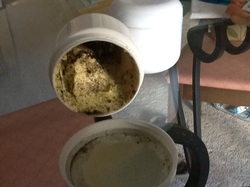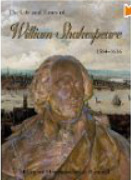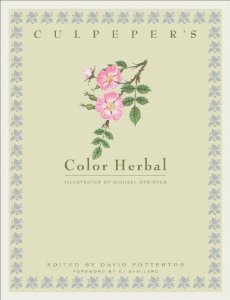
I'm currently researching preservatives. Unfortunately, I've been trying to stay away from preservatives as manufactured chemicals - but I'd be foolish to stick up my nose at something that will reduce any health benefits of my products.
So for those of you who, like me, are learning how to make your own lotions and creams, here is a list of possible preservatives:
1. Tea Tree Oil - I've used this with great success, though it has a very strong odor. Tea Tree is a natural antiseptic and excellent for healing anyway. A jar of cream I made two months ago using Tea Tree Oil is still clear of contamination.
2. Honeysuckle Blend - Haven't tried it but I know that honeysuckle is also an antiseptic.
3. Benzylalchohol or DHA - a form of sorbic acid found in many plants including jasmine, hyacinth and ylang-ylang.
4. Caprylyl Glycol or EHG- inhibits both bacteria and fungis, is also a skin moisturizer.
5. EDTA (Ethylenediaminetetraacetic acid) is a carboxylic Acid, colorless and water soluable
6. Paraben or DU - widely used in cosmetic and mostly nontoxic, though there is some question as to a connection to breast cancer. Some alergic reactions. Can be found naturally in grapefruit seeds.
7. Caprylic Acid - fatty acid. Depending on the type, this may have a strong odor and is what makes vinegar and rancid butter smell. However, it may also have a pleasant smell and is often used in perfumes.
8. Phenoxythanol SA - widely used as a substitute for formaldehyde preservatives, you'll find it in personal care products as it inhibits bacteria. Can be toxic to children if ingested.
9. Potassium Sorbate - a type of salt that can be found naturally in certain berries. It's used frequently in preserving wines, foods and cosmetics and inhibits molds. It has been used as a substitute for the more controversial Parabens, but it can be irritating to skin and eyes.
It's recommended you add two ingredients together to get a "broad spectrum" preservative, meaning it works against both fungi and bacteria.
Well, that's enough research for today. I need to get to writing. BUT, I can see I'm going to have to bone up on chemistry!








 RSS Feed
RSS Feed
